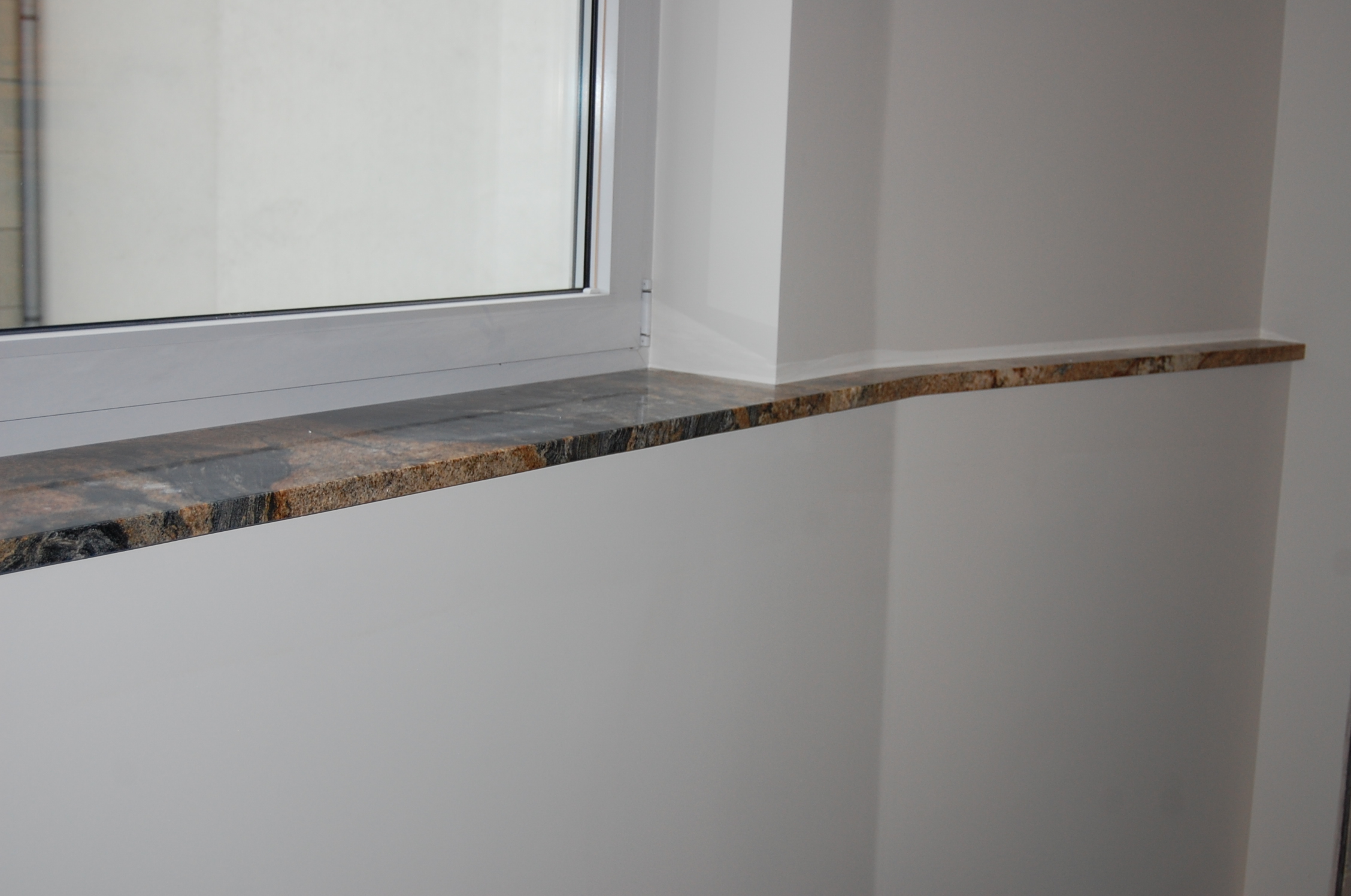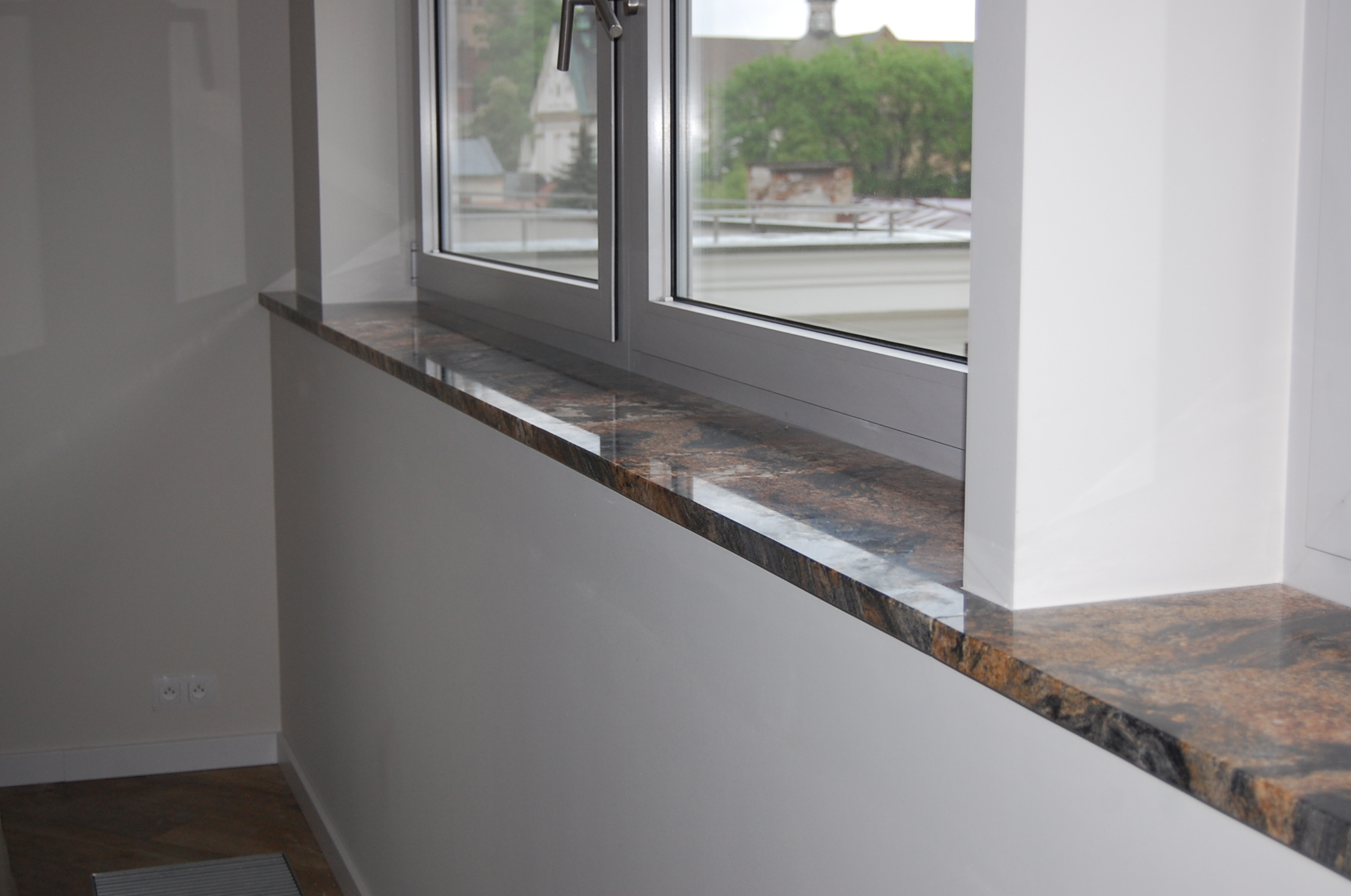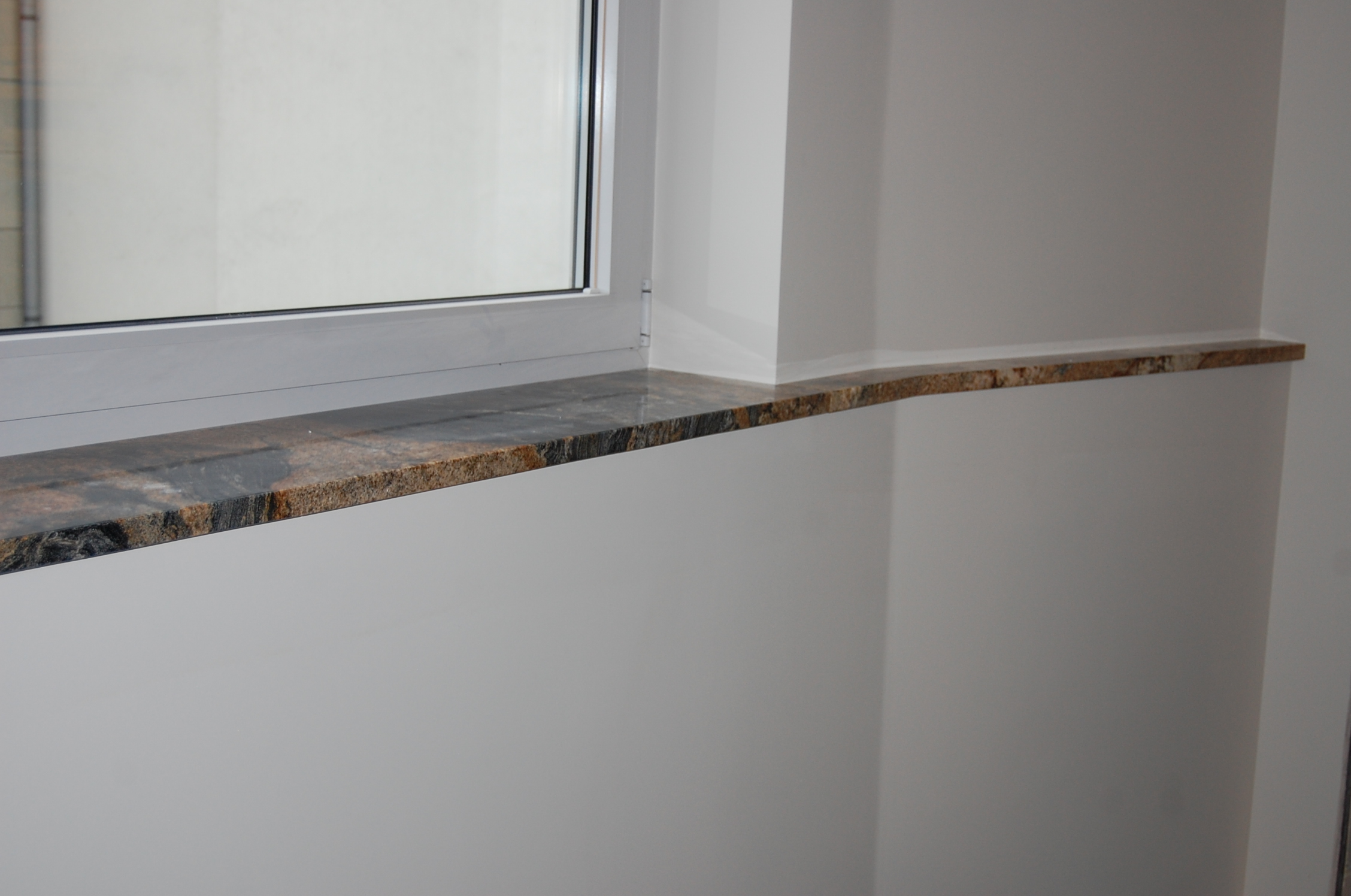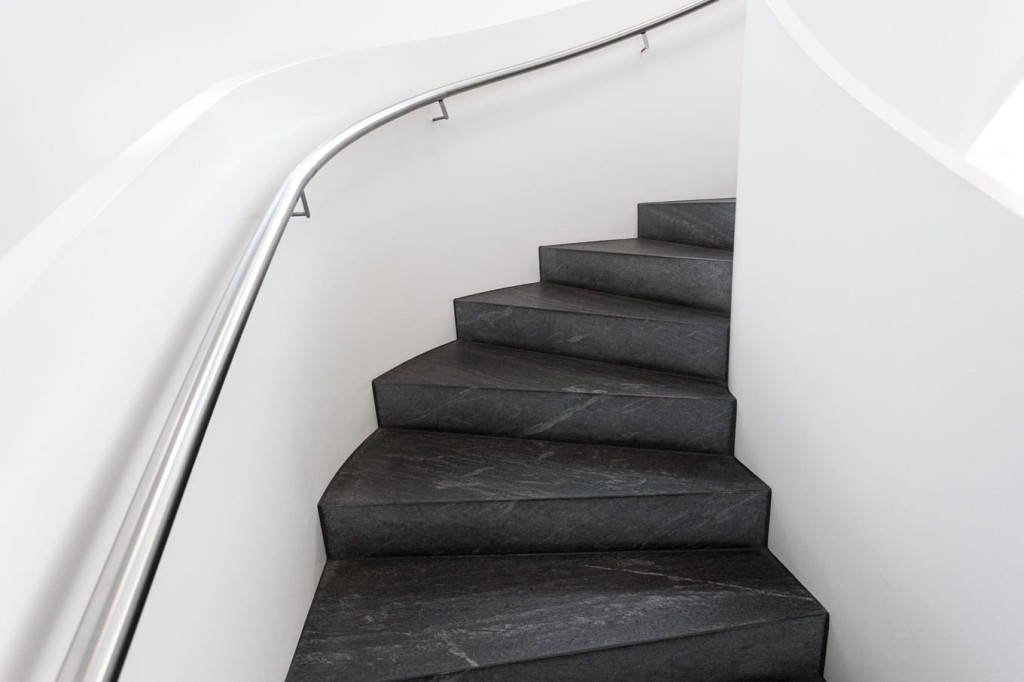How to install a conglomerate window sill?
The installation of an interior window sill is not difficult and definitely everyone is able to do it by themselves. As conglomerate is resistant to scratching and to changeable atmospheric conditions, it is an ideal material for window sills to be mounted at home. In our blog we will give you a few tips how to install a conglomerate window sill?
When to change a conglomerate window sill?
Most frequently we change our window sills, if they look ugly and are damaged. Not only do such unattractive sills disfigure our windows and our interiors but they can also contribute to the water penetration inside a building. If possible, we can try to renew our damaged window sills by cleaning , painting or cladding them. After some time, however, nothing else can be done and our window sills have to be replaced.
The installation of conglomerate window sills
Such installation should begin with a proper preparation of the wall surface, where a window sill is to be mounted. Next, the surface has to be levelled, polished, defatted and most importantly, it has to be dried. Conglomerate window sills are to be mounted with fast-drying polyurethane glue. First, we apply a thin layer of glue along the whole length of a slab, and then we match the elements precisely with a putty knife and press them at once. The average glue usage should be approximately at 0,3 kg/m 2, the applied glue gets hardened when in contact with humid air in 2 to 4 hours. In case the humidity is lower, the whole process can take up to 24 hours. During this time, we should make sure the sill remains in the same position and it is tightly pressed. For this purpose, we can place a wooden shim between the edge of the window recess and the upper edge of the plain surface and lift it at the midpoint or to encumber it evenly.
The installation of conglomerate window sills is not complicated. You can also apply ready mixed dry set mortar. The gaps at the junction of the window sill and the window can be masked with assembling and finishing PVC profiles - self-adhesive flat bars or quarter rounds. Additionally, to prevent the water penetration into cavities between the sill and the jamb, you only have to seal them with silicone. Finally, we plaster the wall under the sill and along its edges.
.jpg.w,1280.882.jpg)









